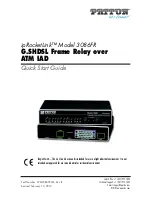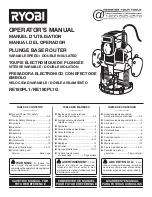
62
Frequency Ranges
11.6
Frequency Ranges
WLAN uses the frequency ranges at 2.4 GHz and 5 GHz as its
transmission range.
With the FRITZ!Box you can establish WLAN connections in ei-
ther the 2.4-GHz or the 5-GHz frequency range.
2.4-GHz Frequency Band
In the 2.4-GHz frequency band WLAN works in the same range
as Bluetooth, microwave devices and various other devices
like radio-controlled toys, garage-door openers and video
bridges. This means that interference may occur within
WLANs operated in the vicinity of such devices. Generally this
has adverse effects on the transmission rate, including abort-
ed connections.
In the 2.4-GHz frequency range the European regulation au-
thorities have designated 13 channels for WLAN. A channel
can have a bandwidth of 20 MHz (throughput up to
130 Mbit/s) or 40 MHz (throughput of up to 300 Mbit/s).
Channels located directly next to each other in the 2.4-GHz
band may overlap and result in mutual interference. For in-
stance, if several WLANs are operated close to each other in
the 2.4-GHz frequency range with a bandwidth of 20 MHz, a
distance of at least five channels should be left empty be-
tween each two channels used. This means that if channel 1
is selected for one WLAN, the channels 6 through 13 can be
selected for a second WLAN. This maintains the minimum dis-
tance between channels.
Should interference in a WLAN persist, the first step should
be to select a different channel.
WLAN Autochannel
With the WLAN autochannel function, the FRITZ!Box automati-
cally searches for the channel subject to the least interfer-
ence. This process takes into consideration interference from
radio networks in the vicinity (WLAN base stations) and po-
tential sources of interference (for instance video bridges,
FB6840LTE-e2.fm Seite 62 Dienstag, 29. Mai 2012 5:34 17
















































